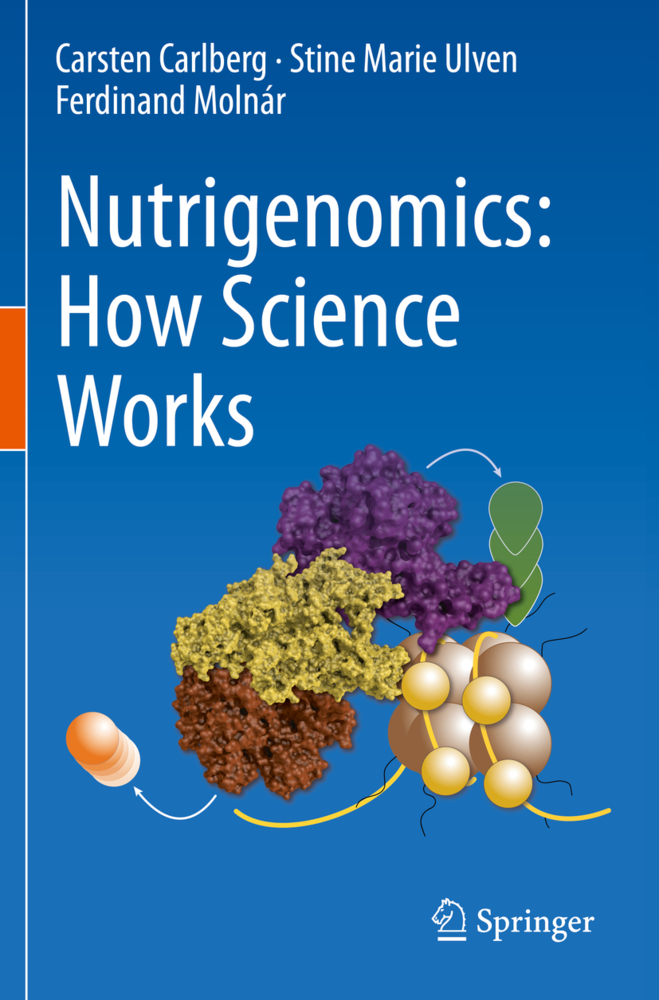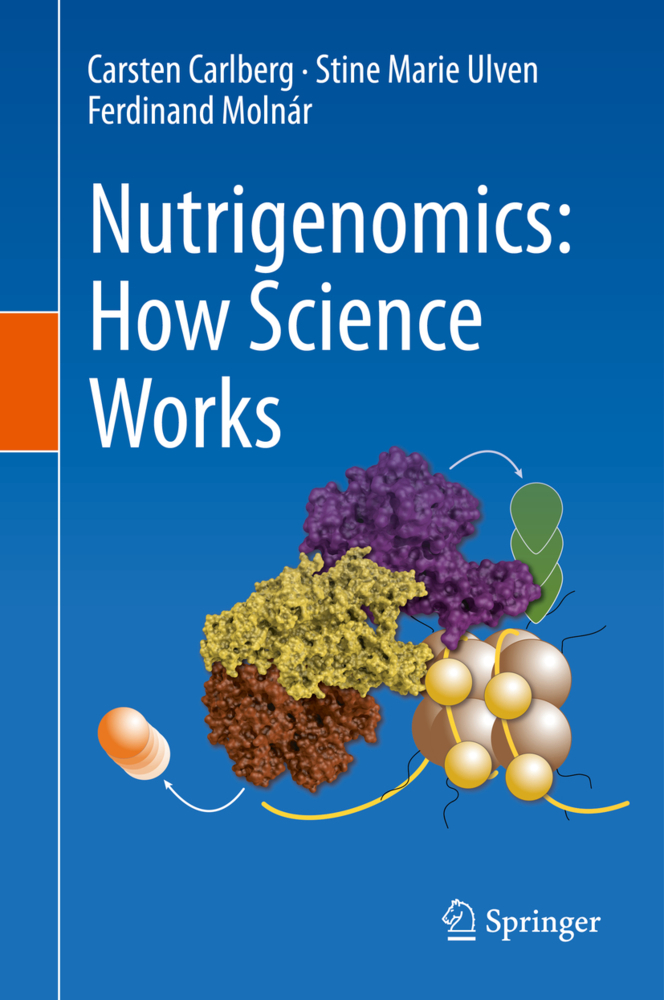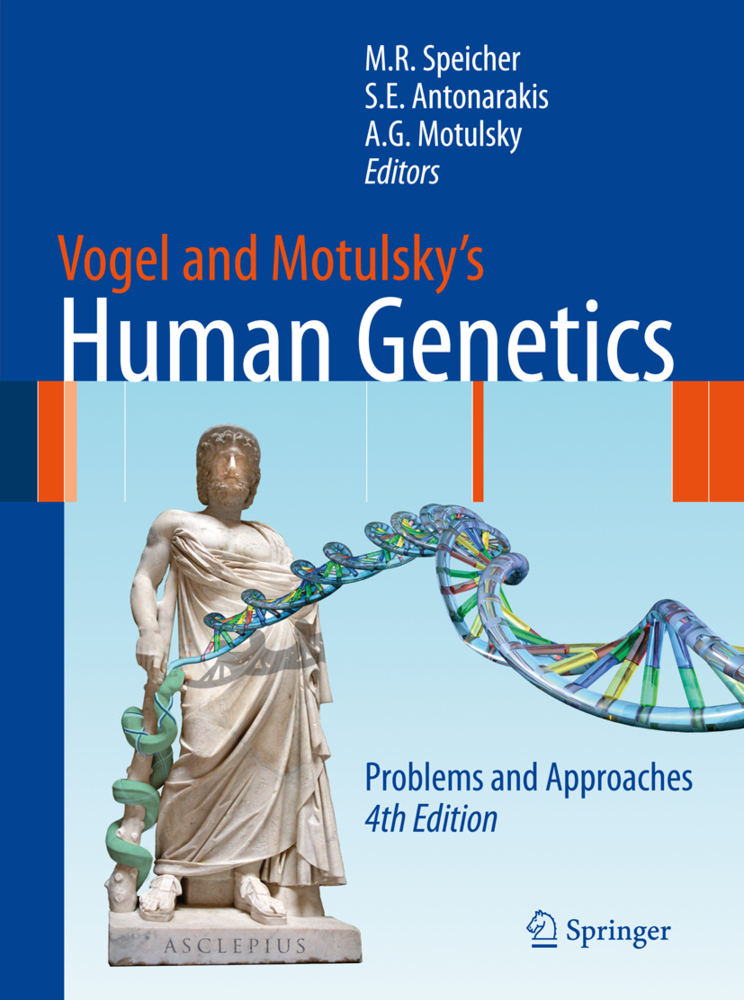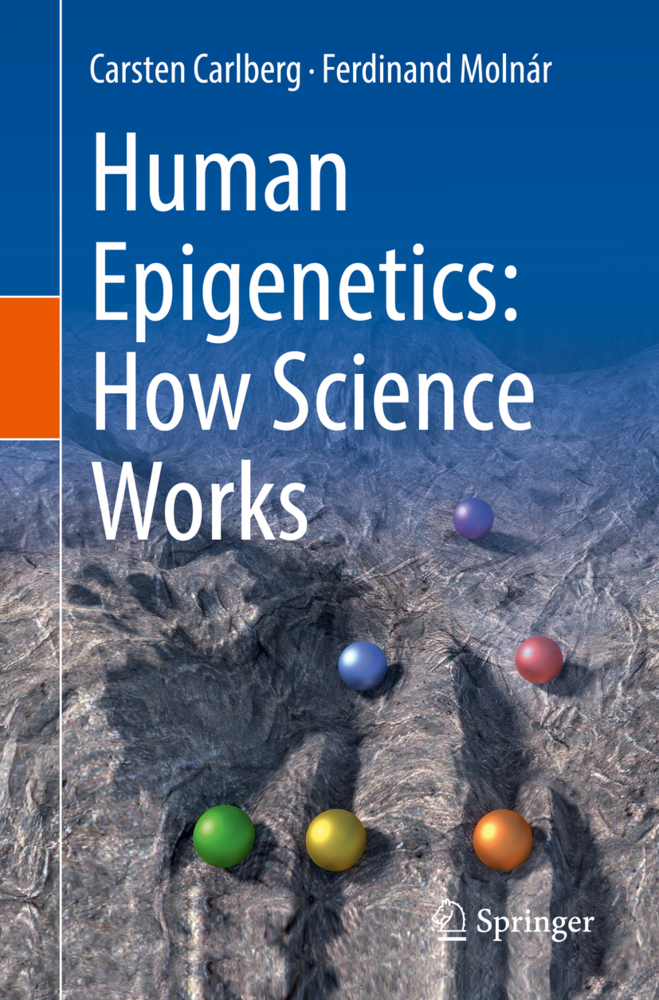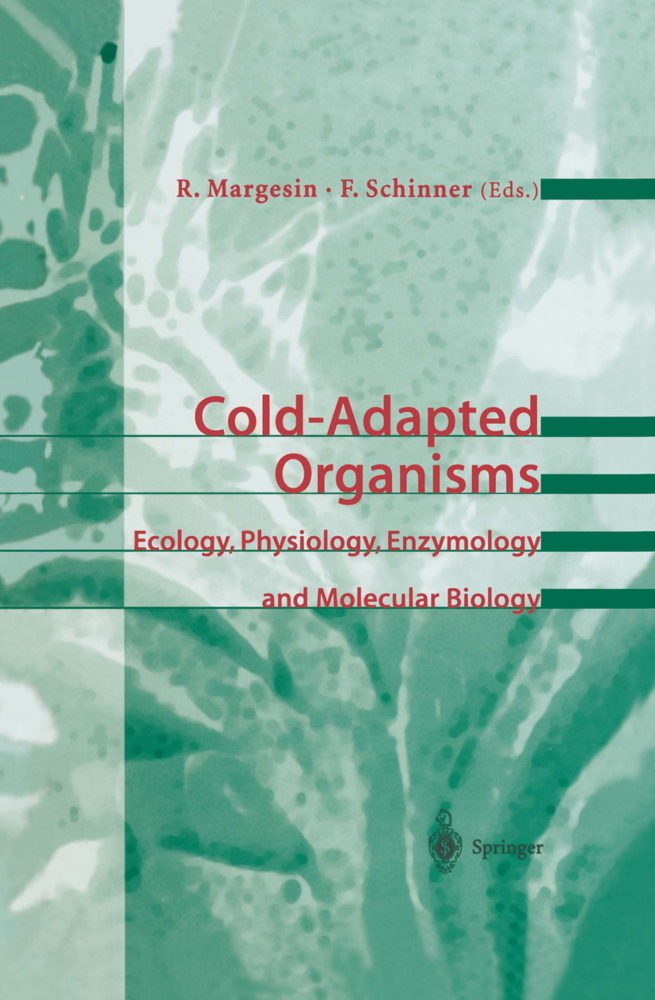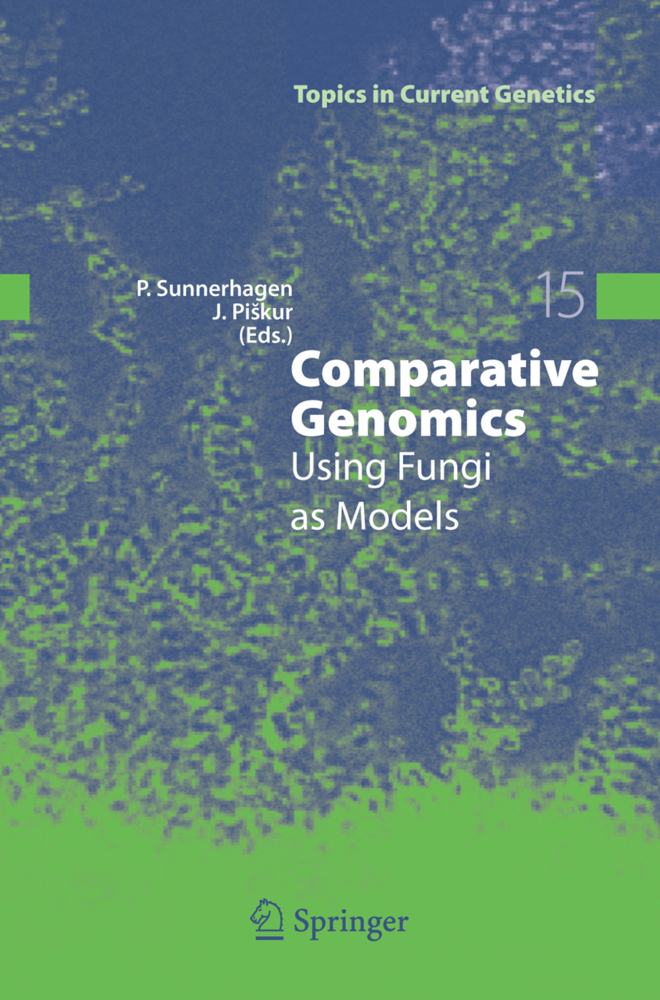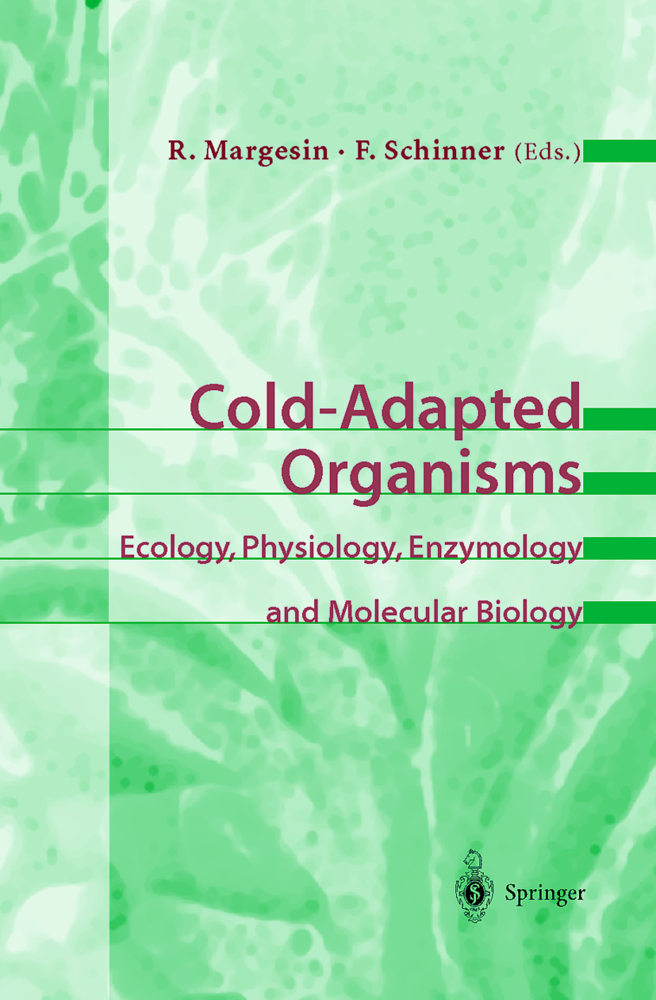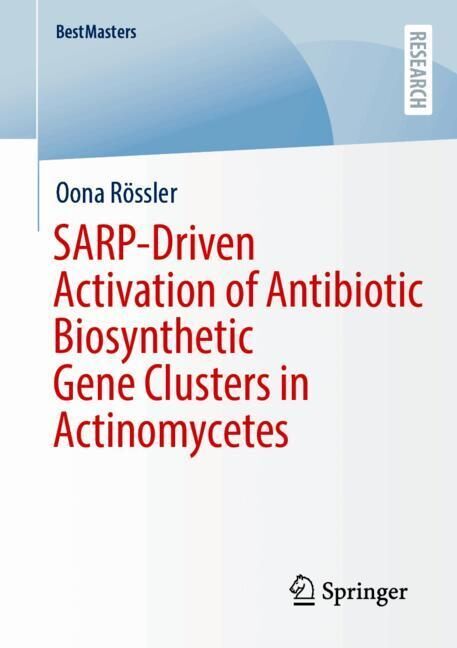Nutrigenomics: How Science Works
Nutrigenomics: How Science Works
The fascinating area of Nutrigenomics describes this daily communication between our diet and our genome. This book describes how nutrition shapes human evolution and demonstrates its consequences for our susceptibility to diseases, such as diabetes and atherosclerosis. Inappropriate diet can yield stress for our cells, tissues and organs and then it is often associated with low-grade chronic inflammation. Overnutrition paired with physical inactivity leads to overweight and obesity and results in increased burden for a body that originally was adapted for a life in the savannahs of East Africa. Therefore, this textbook does not discuss a theoretical topic in science, but it talks about real life and our life-long "chat" with diet. We are all food consumers, thus each of us is concerned by the topic of this book and should be aware of its mechanisms.
1.Nutrition and common diseases.- 1.1.Evolution of human nutrition.- 1.2.Principles of metabolism.- 1.3.Dietary molecules.- 1.4.Nutrition and metabolic diseases.- 1.5.Nutrition and cancer.- 1.6.Impact of physical activity.- 2.Human genomic variation.- 2.1.Migration and evolutionary challenges of Homo sapiens.- 2.2.Diversity of human populations.- 2.3.Genetic variants of the human genome.- 2.4.Haplotype blocks and GWAS.- 2.5.The 1000 Genomes Project.- 3.Sensing nutrition.- 3.1.Nutrient-sensing mechanisms.- 3.2.Nuclear receptors as nutrient sensors.- 3.3.Functions and actions of PPARs.- 3.4 Integration of lipid metabolism by LXRs and FXR.- 3.5.Coordination of the immune response by VDR.- 3.6.Circadian control of metabolic processes.- 4.Interference of the human genome with nutrients.- 4.1.Human genetic adaptions.- 4.2.Genetic adaption to dietary changes.- 4.3 Regulatory SNPs and quantitative traits.- 4.4.Nutrigenomic analysis.- 4.5 Personal omics profiles.- 5.Nutritional epigenetics.- 5.1.Epigenetic mechanisms.- 5.2.Intermediary metabolism and epigenetic signaling.- 5.3.Nutrition-triggered transgenerational epigenetic inheritance.- 5.4.Population epigenetics.- 6.Nutritional signaling and aging.- 6.1 Aging and conserved nutrient-sensing pathways.- 6.2.Neuroendocrine regulation of aging.- 6.3.Principles of insulin signaling.- 6.4.Central role of FOXO transcription factors.- 6.5.Caloric restriction from yeast to mammals.- 6.6.Cellular energy status sensing by sirtuins and AMPK.- 7.Chronic inflammation and metabolic stress.- 7.1 Central role of monocytes and macrophages.- 7.2.Acute and chronic inflammation.- 7.3.Reverse cholesterol transport and inflammation.- 7.4.Sensing metabolic stress via the ER.- 8.Obesity.- 8.1 Definition of obesity.- 8.2 Adipogenesis.- 8.3.Inflammation in adipose tissue
8.4.Energy homeostasis and hormonal regulation of food uptake.- 8.5.Genetics of obesity.- 9.Insulin resistance and diabetes.- 9.1.Glucose homeostasis.- 9.2.Insulin resistance in skeletal muscle and liver.- 9.3.beta cell failure.- 9.4.Definition of diabetes.- 9.5.Disturbed glucose homeostasis in T2D and its treatment.- 9.6.Genetics and epigenetics of T2D.- 10.Heart disease and the metabolic syndrome.- 10.1.Hypertension.- 10.2.Mechanisms of atherosclerosis .- 10.3.Lipoproteins and dyslipidemias.- 10.4.Whole body's perspective of the metabolic syndrome.- 10.5.Metabolic syndrome in key metabolic organs.- 10.6.Genetics and epigenetics of the metabolic syndrome.Carlberg, Carsten
Ulven, Stine Marie
Molnár, Ferdinand
| ISBN | 978-3-030-47663-2 |
|---|---|
| Artikelnummer | 9783030476632 |
| Medientyp | Buch |
| Copyrightjahr | 2020 |
| Verlag | Springer, Berlin |
| Umfang | XXI, 181 Seiten |
| Abbildungen | XXI, 181 p. 70 illus., 69 illus. in color. |
| Sprache | Englisch |

